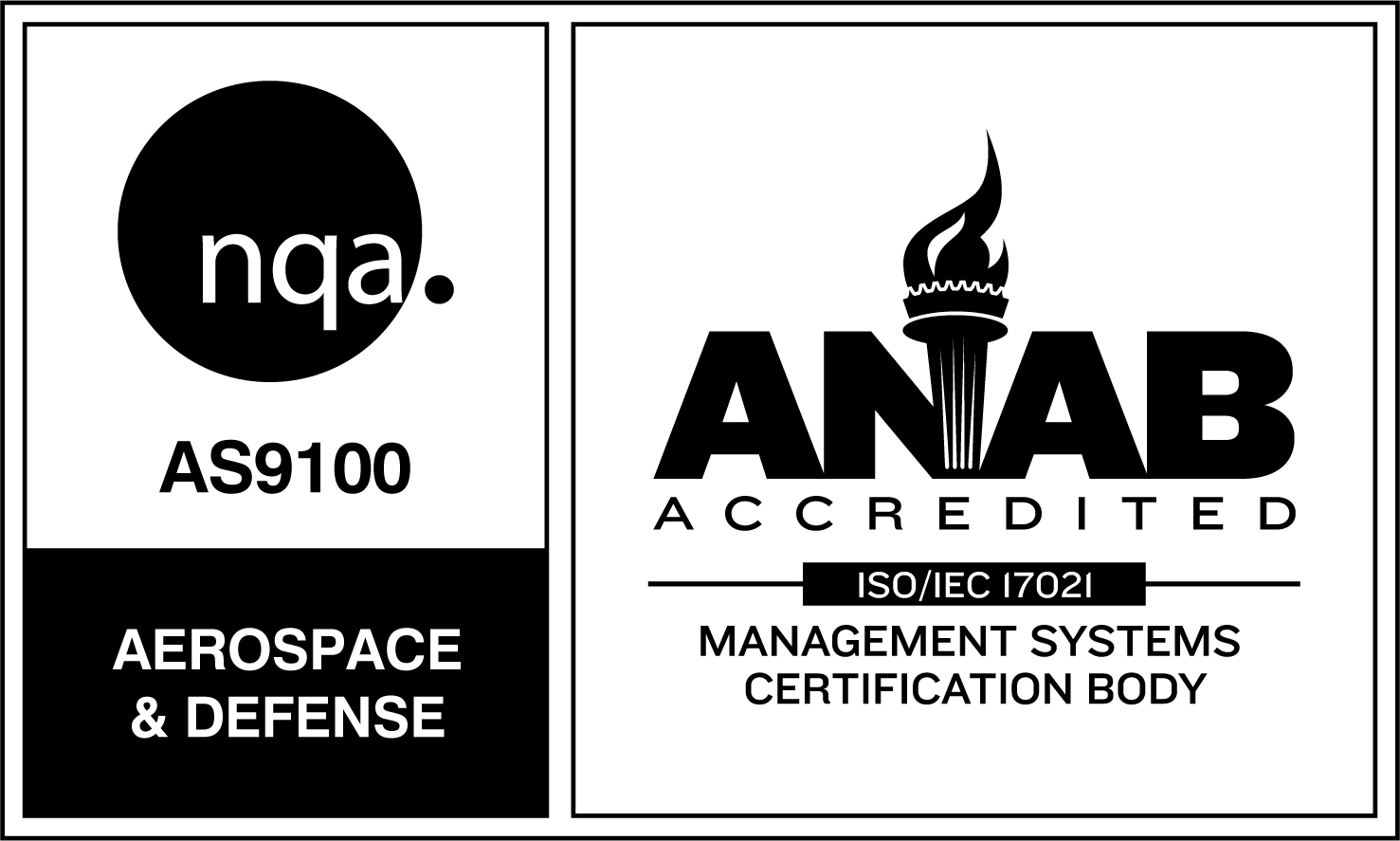Star Wars or Star Trek?
The choice usually comes down to how much fantasy you like in your science fiction. When only bug-eyed aliens and absurd physics are what you need to chill out, it’s Wars all the way. When you want to listen to mumbo-jumbo about inverted tachyon emitters and hypermodulated proton beams, go Trek.
Put another way: Star Wars is for the sales team, Star Trek is for the engineers.
(Disclaimer: Thermal-Vac Technology, Inc. takes no position in this debate. Put down your phasers.)
The stuff of science fiction is fun to dream about. If you can remember a time before the Internet, today’s technologies serve as a constant reminder that change is coming.
If it ain’t broke, don’t fix it.
Our industry takes change very seriously. Introducing a new way of doing things into a highly refined process is never easy. We might spend a year or more testing and mastering a new piece of equipment before it becomes part of our regular workflow. That’s expensive (and fun).
Brazing and heat treating have been around a long time. The core technologies we rely on every day might look like something out of Dune, but in reality they’ve been with us for a century or more. A vacuum furnace is distinctly retro.
That’s not to say we’re trapped in the 1950s. As much as we like to drive around in ’54 Cadillac Coupe DeVilles (check out that chrome plating!) listening to Bill Haley & His Comets, we’d be crazy if we weren’t taking advantage of computers, modern sensors, high-definition video, and other gizmos. They make our work easier, in part by making us work better.
Which brings us to the future.
Our future might be your past
A business like ours, which embraces change the way one might embrace a rabid racoon, waits for technologies to mature before jumping in. These are some of the technologies we expect will eventually find their way into our core work:
- Internet of Things and AI
Does a molten salt bath need access to the Internet? A few years ago the answer would’ve been something between an annoyed sigh and a shrug. Today the answer is closer to “probably.”
Our salt bath is lonely, but we think that’ll change once the world sees its hot selfies.
Real-time data, metrics, and predictive analytics are hitting their stride. Thermal-Vac already monitors and collects key information, like highly localized temperature variation within a furnace or on the surface of a component. The Internet-of-Things revolution promises to take our approach to data into another tier of detail. People are hard at work figuring out how IoT devices like body-worn trackers can improve the logistics and workflow on an industrial shop floor.
If IoT promises to open the data floodgates, artificial intelligence will channel the flood into something useful. We already get good results using perhaps a dozen sensors in a process. If we have 100 sensors, we’ll need a system capable of processing all that information. It’s coming, and it’s not far away.
- Ever higher standards
Constant improvement is nothing new for Thermal-Vac. Serving customers in high-spec industries like defense and aerospace imposes exacting requirements on every step of what we do.
Technology is rapidly eliminating the last glimmers of wiggle room in customer expectations, not just in traditionally demanding industries, but in all of them.
If IoT and AI offer unprecedented insight into the performance of equipment and people, customers will soon rightfully expect their suppliers to take full advantage of those technologies in all they do. The margin of tolerance for delays driven by equipment failures and operator errors will vanish.
Thermal-Vac is ready. We thrive on tight standards. In fact, we want everyone in the industry to thrive on them, too.
- New forms of competition
Brazing and heat treating aren’t topics that pop into the minds of freshly minted MBAs looking for an industry to disrupt. The barriers to entry are high because the work is tough and unforgiving to newbies who mistake book learning for the real deal.
But this isn’t an MBA’s business. This is a business for engineers, the likes of which aren’t being trained anymore, at least not in most schools in the United States.
We expect clever engineers around the world to find innovative ways to bridge today’s manufacturing techniques with tomorrow’s digital technologies to transform the efficiency of our industry. An innovator has plenty of areas to focus on: logistics and packaging, materials refinement, process design, on and on. With innovation will come fresh sources of competition. Bring it on.
Then there’s the invasion of the Roombas. Brazing has always been a hands-on process, but if AI can open the lockbox of big data, automation could be around the corner, with benefits to worker safety, speed and output consistency.
Automating what we do isn’t going to be easy. As much as we appreciate our contract with Cyberdine Systems (the skulls turned out great), we don’t expect to be working alongside the Terminator any time soon. But we’re keeping notes.
Thermal-Vac is ready for the future
To deliver the quality of work our customers expect, we’re constantly learning, improving, and evolving. We’re no strangers to home-grown innovation, but we know that a lot of the biggest changes coming to our industry will come from outside. We’re excited to see what comes.
What industry trends are you following? We’d love to hear from you. Give us a call at (714) 997-2601 to talk about the future.


